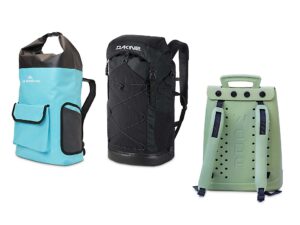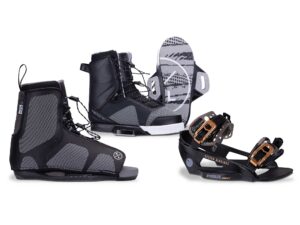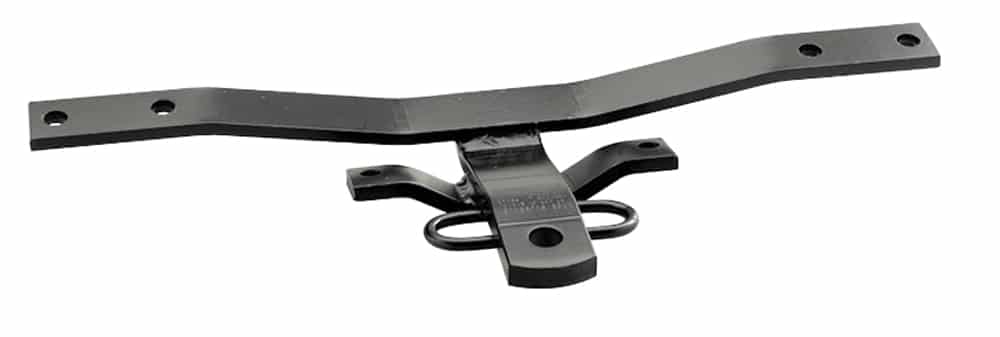
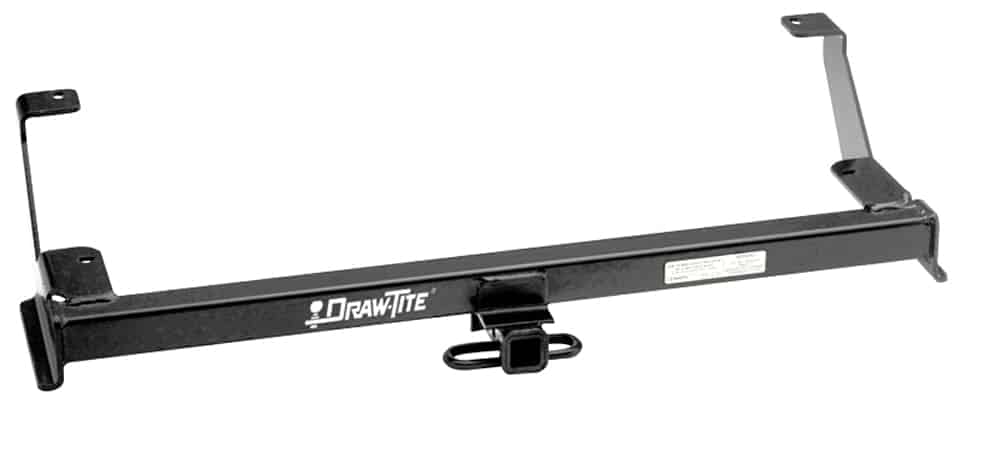
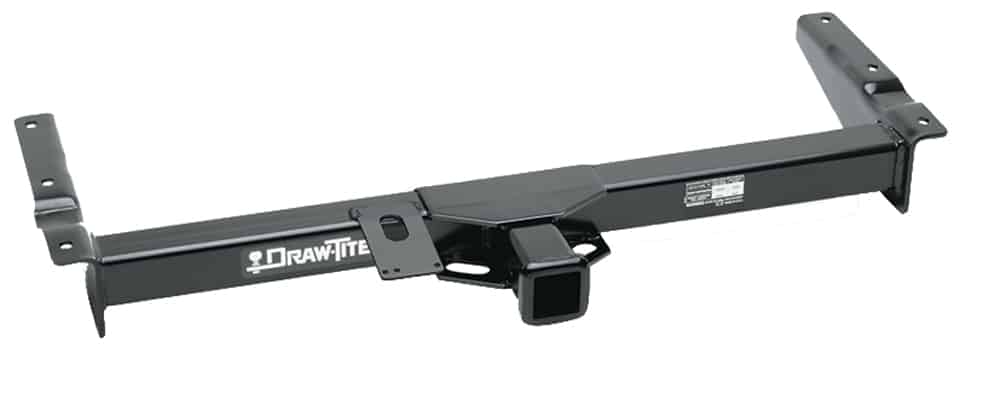
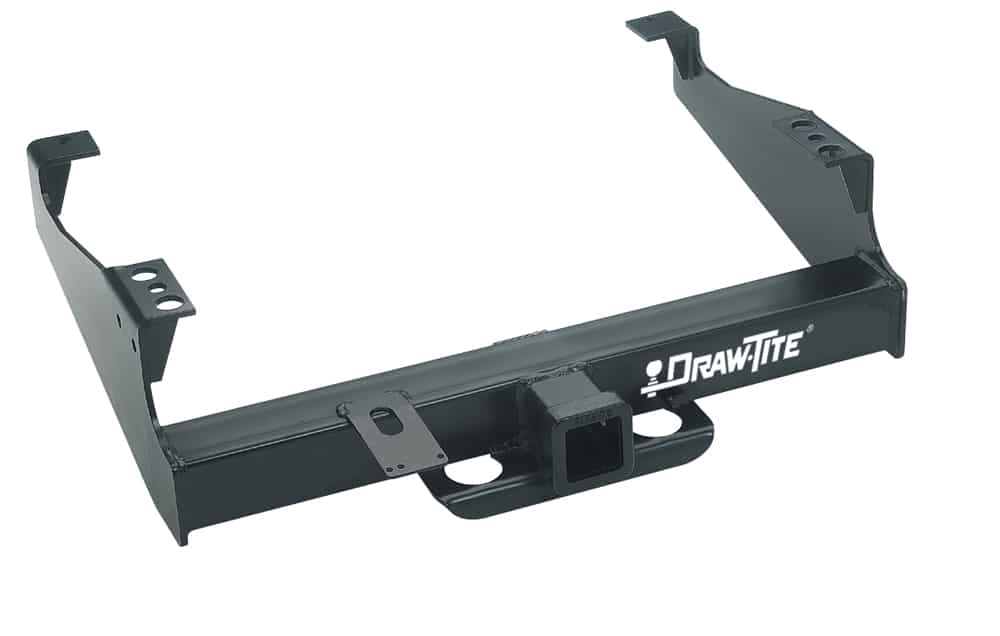
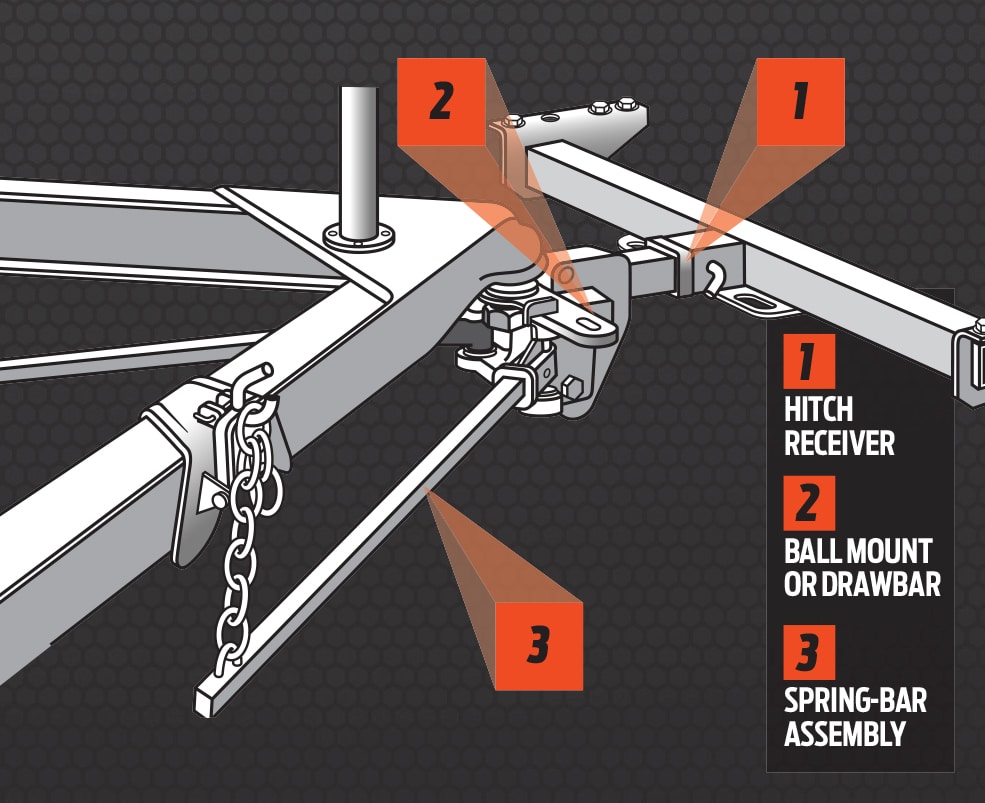
Though not commonly employed by trailer boaters, properly adjusted weight-distributing systems can help when towing heavy boats. These use spring bars to redistribute tongue weight, equalizing the load between the front and rear axles of the tow vehicle to improve towing. These also use receiver hitches, but with special ball mounts with spring bars (aka equalizing bars) that attach to the trailer frame. The bars have chains that can be set at different lengths to adjust the distribution of tongue weight. Spring bars are available in different tension ratings, and you should choose one that is roughly equal to the tongue weight of the trailer. If the spring bars are too stiff, they can cause loss of rear-wheel traction on slippery surfaces such as launch ramps. Weight-distributing has not gained popularity among trailer boaters for a couple of reasons. One is the sheer hassle of hitching up the boat. The other is that some systems can cause binding of trailer surge-brake actuators/couplers. To overcome this, set the bars perfectly parallel to the coupler, and the trailer brakes should remain effective.
A trailer hitch serves as a critical connection — the only thing keeping your boat and trailer attached to your tow vehicle. Yet, not all hitches are created equal.
Weight-Carrying Hitches
Weight-carrying (aka dead-weight) hitches are the type most commonly found on vehicles for towing boat trailers, and there are five classes, each based on the total combined weight of the boat and trailer.
The ratings are usually labeled somewhere on the hitch. For our discussion, we are going to forget about step-bumper hitches, and you should do the same — they are relics of the past and inferior to the types of hitches we describe here.
If you order a new truck, van or sport-utility vehicle (SUV) with the factory-towing package, it will probably come with a hitch. If not, you will have to have one from a company such as Draw-Tite, Reese or Valley installed. Here’s what’s out there.
Class I
Rated for up to 2,000 pounds gross towed weight (GTW) and 200 pounds tongue weight (TW), these are available with fixed ball mounts or receivers that accept a 1¼-inch-square removable drawbar/ball mount. The light-duty rating limits towing to the smallest of boats.
Class II
Rated for up to 3,500 pounds GTW and 300 pounds TW, these hitches attach to the vehicle frame but may need extra bracing or backing plates on unibody vehicles. They are available as light-duty receiver hitches that have removable 1¼-inch-square drawbars — usually good enough for small aluminum boats and personal watercraft.
Class III
Rated for up to 6,000 pounds GTW and 600 pounds TW, this is one of the most common hitches. It bolts to the frame of a vehicle (usually a truck, van or full-size SUV). The receiver accepts a 2-inch-square drawbar. It can also be used in conjunction with a weight-distributing system (see “Weight-Distributing Systems”), which boosts the rating to 10,000 pounds GTW and 1,000 pounds TW.
Class IV
In weight-carrying mode, these frame-mount receiver hitches are designed for maximums of 10,000 pounds GTW and 1,000 pounds TW. They accept a 2-inch-square drawbar and are found almost exclusively on full-size trucks, vans and SUVs. In weight-distributing mode, the rating increases to 14,000 pounds GTW and 1,400 pounds TW.
Class V
Designed for heavy-duty trucks and vans, these receiver hitches are rated for 12,000 pounds GTW and 1,200 pounds TW, but that increases to 17,000 pounds GTW and 1,700 pounds TW with a weight-distributing system. The matching drawbar also increases in size to 2½ inches square.
Drawbars/Ball Mounts
Drawbars/ball mounts slide inside the receiver and are held in place by a pin with a latching mechanism. The maximum ratings — labeled on the drawbar/ball mount itself — should match those on the hitch; otherwise the rating reverts to the lesser number.
Drawbars are available in a range of drops (or risers, if you flip it over) to adapt to the height of the hitch on the tow vehicle. The drawbar should allow the trailer frame to remain level for its entire length when hitched to the tow vehicle.
There are also drawbars such as the B&W Tow & Stow (pictured below; $229.95, etrailer.com) that allow you to adjust the height of the ball mount to suit just about any combination of vehicle and boat trailer.
Tow Balls
These come in three sizes — 17⁄8, 2 and 25⁄16 inches — to match the coupler size on the boat trailer. Don’t mix sizes: A ball that’s too big won’t let you close the coupler latch; a ball that’s too small can allow the trailer to come loose while you’re on the road.
Make sure the tow ball maximum GTW rating (usually stamped on top of the ball) matches that of the hitch and drawbar. Also check to ensure that the shank diameter of the tow ball matches that of the ball mount before tightening the mounting nut. A shank that’s too small can work loose or even snap under load.

